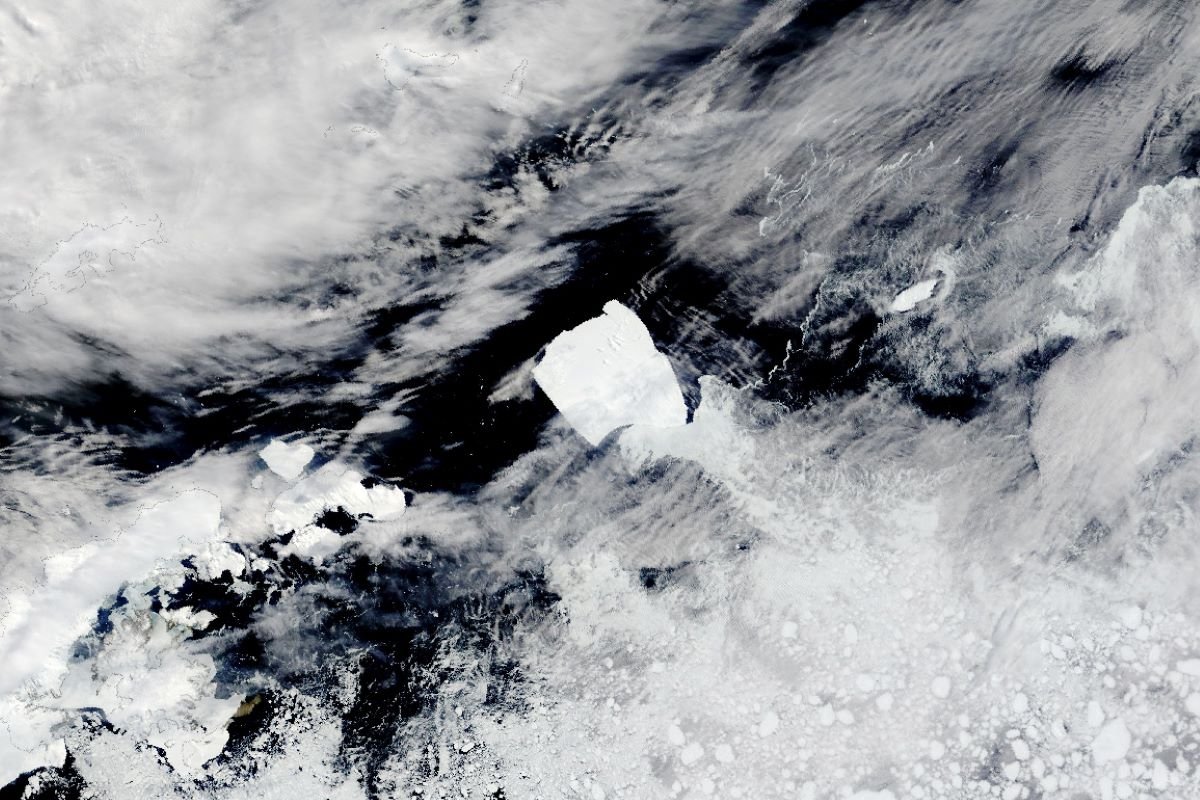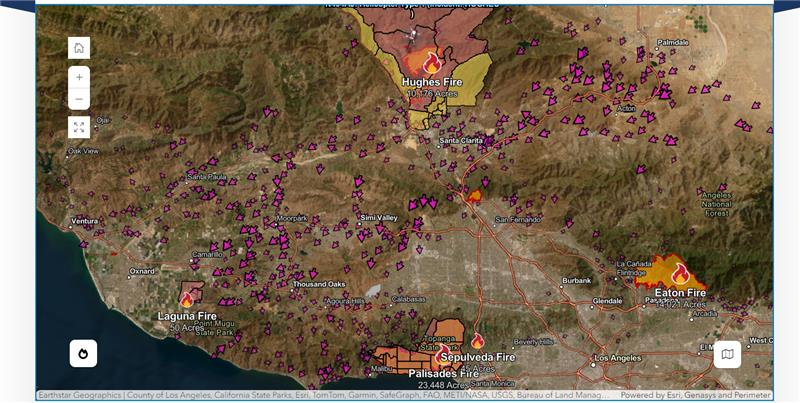The world's largest iceberg, A23a, is on a path toward South Georgia, a remote British territory and wildlife haven in the South Atlantic.
The colossal ice mass, currently 173 miles away, is spinning northward from Antarctica and could potentially ground itself against the island.
This development is raising concerns for the region's unique ecosystem, particularly its colonies of King penguins and millions of elephant and fur seals.

Why This Matters
South Georgia's beaches and coves serve as critical feeding grounds for penguins and seals.
Past encounters with massive icebergs, such as the 2004 grounding of A38, led to catastrophic consequences for local wildlife, with ice chunks blocking access to vital food sources and leaving young animals to perish.
Climate change may not have caused the birth of A23a—it calved from Antarctica's Filchner Ice Shelf in 1986—but the warming oceans and air temperatures around Antarctica are making icebergs more prevalent and unpredictable.
As the Southern Ocean warms, such behemoths are expected to become increasingly common.
What to Know
A23a has a long and complex history. It calved from Antarctica's Filchner Ice Shelf in 1986, making it one of the world's oldest known icebergs. For decades, it was trapped in an ocean vortex, stationary on the seafloor, until it finally broke free in December 2024.
"It's exciting to see A23a on the move again after periods of being stuck," Andrew Meijers, an oceanographer at the British Antarctic Survey, said in a statement at the time.
"We are interested to see if it will take the same route the other large icebergs that have calved off Antarctica have taken. And more importantly what impact this will have on the local ecosystem."
Originally measuring 1,500 square miles, the iceberg has shrunk to 1,400 square miles as melting and fracturing weaken its towering sides, which rise up to 1,312 feet above the ocean's surface—higher than the Empire State Building.
The iceberg's current trajectory suggests it could ground near South Georgia, potentially blocking access to vital feeding grounds for seals and penguins.
While the iceberg's exact path remains unpredictable, scientists and conservationists are closely monitoring its movements, as any interaction with South Georgia could have lasting ecological consequences.
What Happens Next
A23a's collision with South Georgia is not guaranteed, but the iceberg's trajectory suggests it could soon loom on the island's horizon.
If it grounds or breaks apart, its impact on the region's ecosystems could last for years.
Do you have a tip on a science story that Newsweek should be covering? Do you have a question about Antarctica? Let us know via science@newsweek.com.




















 English (US) ·
English (US) ·